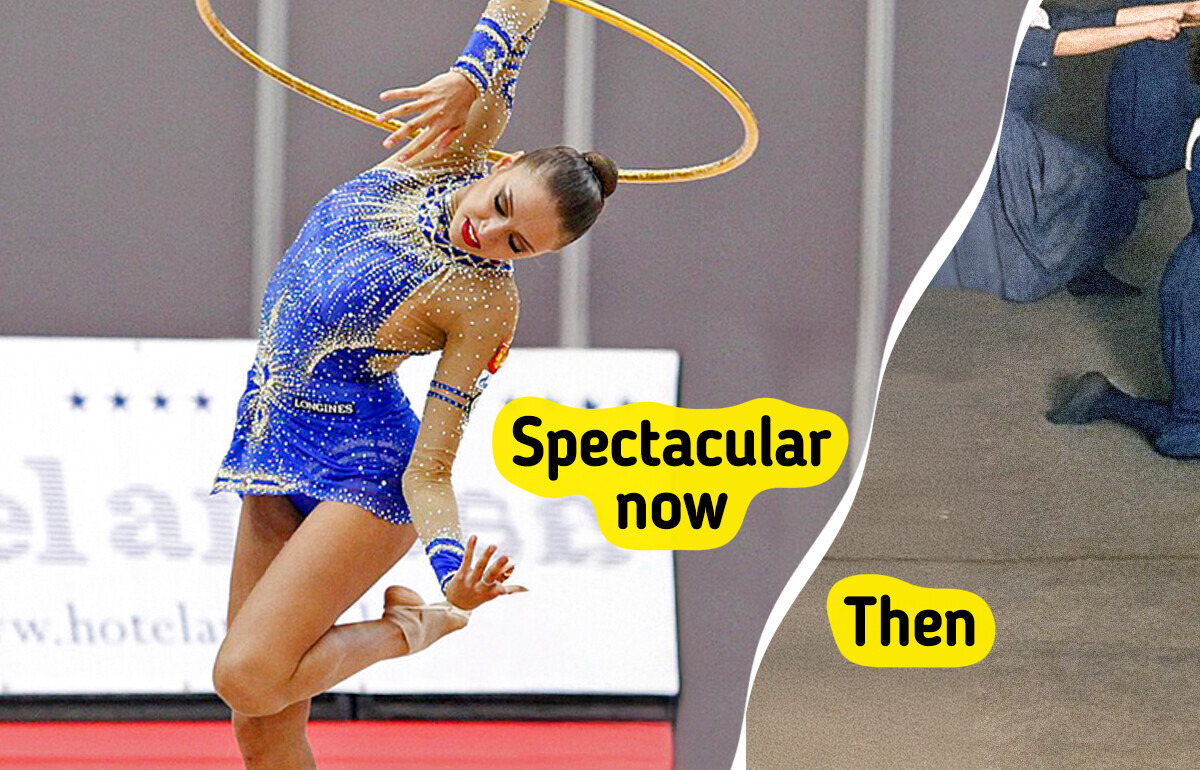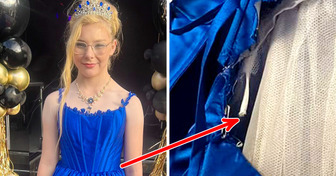Spot the Odd One in 12 Pictures and See How Attentive You Are


When we think about sports, it’s sometimes hard to imagine what they were like 100 years ago. Science and technology have changed dramatically, and today we see very different sports from those that existed before. Everything from the mechanics of athletes’ movements to the materials used in equipment has evolved drastically. In this article, we’ll compare how sports have changed over the century.
Then: Rhythmic gymnastics emerged in the early 20th century and initially emphasized grace, fluidity of movement and expressiveness. In the beginning, female athletes used ropes, hoops, and balls. Their costumes were modest, often monochrome, and emphasized elegant movements.
Now: Over time, gymnastics has become more spectacular and technically challenging. Acrobatic elements such as jumps and spins became an integral part of the program. Bright colors, shiny embellishments and rhinestones have appeared on the costumes, making them more spectacular. The exercise equipment has also evolved and now includes a wider variety of items to perform different elements.
Then: Tennis was slow, with an emphasis on draws at the net. Athletes used wooden rackets with natural strings and wore only white uniforms in competition.
Now: Tennis has become fast and powerful, with an emphasis on baseline shots. Rackets have become lighter, made of graphite and composite materials. Fashion has also changed, with players wearing brightly colored and varied outfits, except at Wimbledon, where the white uniform rule remains.
Then: The first skates were used as a means of winter transport, not for jumping and spinning. Competitions were held outdoors, men skated in suits and women in long skirts. Skates had high boots.
Now: Today, skaters perform quadruple jumps, made possible by improved skate designs. Competitions are held indoors, and costumes reflect the nature of the program. The skates have low boots that provide greater mobility and protection on landing.
Then: Clint Benedict became the first goaltender to wear a mask in a game, doing so on February 20, 1930. The mask was leather and protected only the nose, cheeks, forehead and mouth, leaving the eyes exposed.
Later, on November 1, 1959, Jacques Plante was hit in the face and his nose was severely cut. He decided to use his fiberglass prototype mask, which he wore in training. Since that time, the mask has become mandatory and other goaltenders have started using it.
Now: Athlete safety is a priority, so the goaltender and the entire team wear protective gear. The goaltender’s mask is now made of fiberglass with extra padding and thickness. Some goalies opt for a full grille for better protection. The mask has become not only protection but also a canvas for creativity, reflecting the player’s personality.
Then: Ski jumping began with Norwegian Ole Rye, who jumped 9.5 meters in 1808. In the early 1900s, his countrymen Jacob Tullin Thams and Sigmund Rudd developed the Kongsberger jumping technique, in which athletes jumped with the upper body tilted and skis parallel. This technique persisted until the 1950s, when the Daescher technique proved to provide better results.
Now: In the 1980s, Jan Boklov introduced the “V” technique, which became the standard after all medalists in the 1992 Olympics used it. In this technique, the skis are in the “V” position, which gives more lift and allows for even longer jumps.
Then: In the past, athletes didn’t wear protective headgear. Later, strips of leather-covered padding called “hairnets” were worn, which didn’t really help with the initial impact of a crash. Bicycles were made of steel with wheels similar to those used for regular recreational bicycles.
Now: Modern cyclists wear special suits and tapered helmets that provide better protection and help them move faster by reducing air resistance. Bikes are now made of carbon fiber and some competitions use disc wheels that act as a sail to also help in cutting the air.
Just like 100 years ago, sports are still an integral part of our lives. Who knows, maybe in another century our great-grandchildren will wonder about the differences between sports in 2025 and 2125?
How about taking a look at sports that are too crazy to be true?











